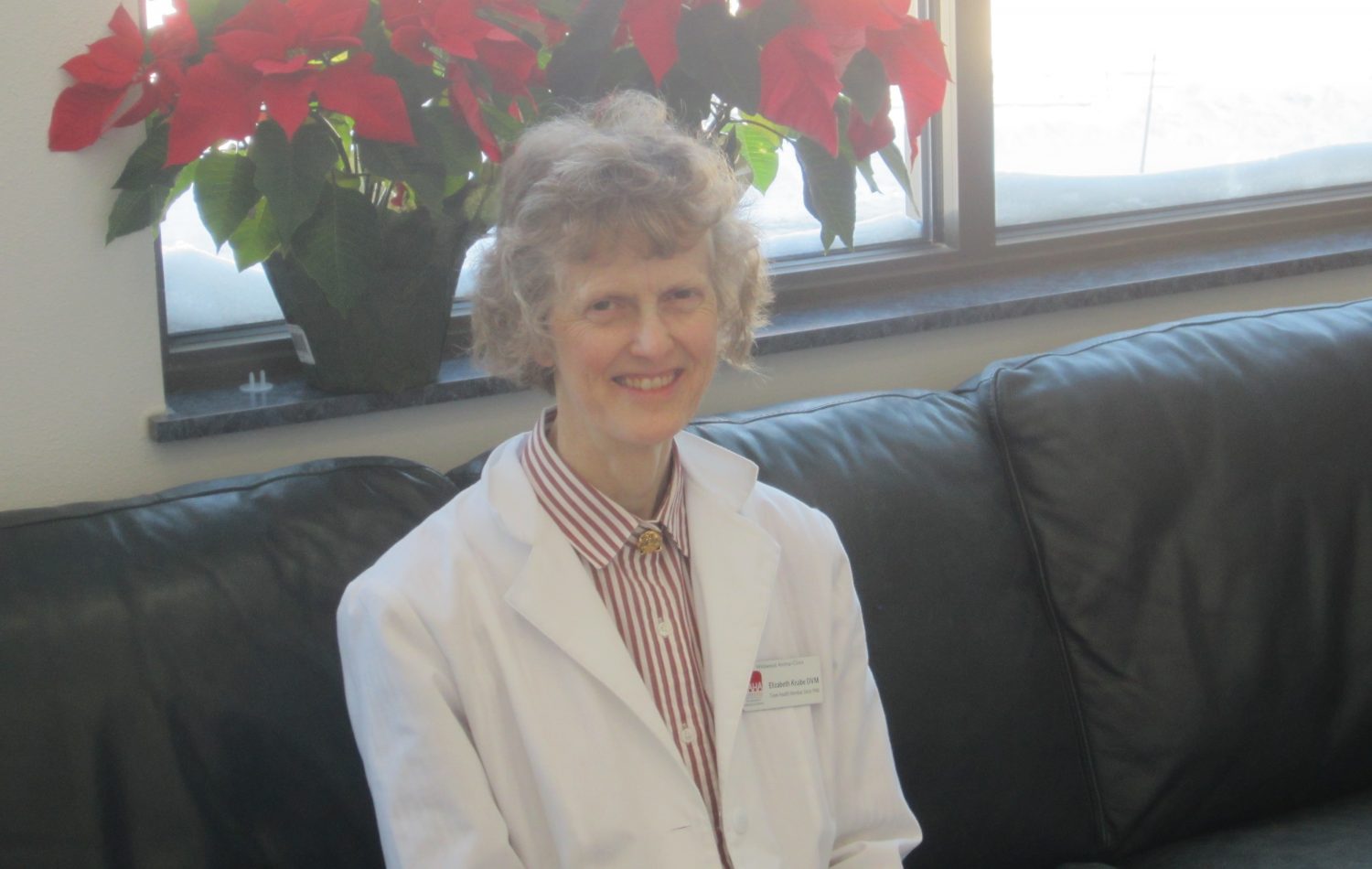The Vet’s Office: Oral Observation

A look at oral tumors in dogs and cats
By Dr. Elizabeth Knabe, DVM
Wildwood Animal Hospital and Clinic LLC
The veterinary profession has proclaimed February to be National Pet Dental Health Month for years. Oral health is something we evaluate for almost all pets every time we see them, but in February we make a special push to educate owners about it.
A few weeks ago, we ran an article by Dana, CVT, on the importance of brushing teeth and how to get started doing it. If owners are performing oral home care, such as brushing, they are protecting the health of their pet’s teeth and gums.
Another benefit is that they may spot oral tumors or growths while they are small or in an early stage. For most of these growths, surgery offers the best chance of a cure. Small, early stage growths can mean less-invasive surgery for your pet if needed.
Surprisingly, oral tumors are common. For dogs, 6 percent of their tumors happen in the mouth. For cats, 10 percent of them occur there.
Tumors can be benign, meaning they do not spread to distant areas in the body and tend to grow more slowly. If the tumor is malignant, it typically grows faster and has the potential to spread to other areas – 90 percent of cat oral tumors are malignant, and the most common one is a carcinoma. It favors tissues under the tongue but can also occur on the gums of both upper and lower jaws.
Dogs have a slightly higher rate of benign growths, but those can still be locally destructive and create deep pockets for infection to develop. The most common canine tumor is a malignant melanoma – male dogs and those with a lot of oral pigment seem to be most at risk. It is a quickly growing tumor and tends to have already spread to other areas by the time it is discovered.
There are many types of oral tumors and growths in dogs and cats. Unfortunately, they don’t all have distinct enough size, color, shape, or locations to be able to identify them by sight alone. It takes a biopsy of tissue to give a diagnosis, then more accurate treatments can be planned.
Owners that cannot brush their pet’s teeth may still be proactive by doing a weekly oral inspection of the gums, back of throat, and neck region. This is in addition to regular oral exams by your veterinarian.
Sometimes there may be outward signs of an oral tumor; such as, difficulty chewing or swallowing or mouth odor. Oftentimes, there will be no signs until something has advanced greatly. The key is to find these growths early. That way you and your pet will have as many options as possible.
Wildwood Animal Hospital and Clinic LLC is located at 210 Airpark Road in Marshfield and online at wildwoodanimalhospital.net.
Leave a reply
You must be logged in to post a comment.






